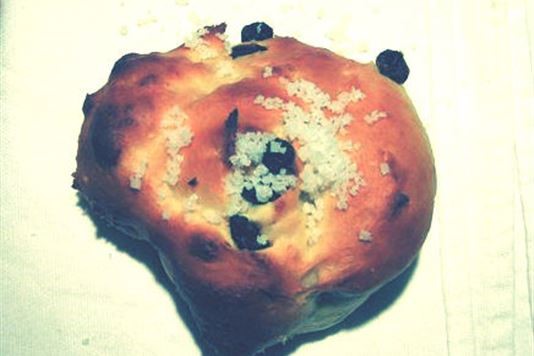
In the second of a new series on forgotten British breads, baking expert Jane Mason explores the history of Jane Austen’s favourite treat (apparently) – the Bath Bun.
Lunn or Oliver?
Some say the original Bath Bun was developed by a French refugee named Sally Lunn, who fled there in the late 1600s to escape religious persecution in France. Others maintain that the Bath Bun was developed by one Dr Oliver, an eighteenth-century resident of the city. Unfortunately, his patients liked them so much that they began to get fat, at which point he allegedly switched horses and sold them dry ‘slimming’ biscuits. They were known then, as now, as ‘Bath Olivers’.
Still others believe the Bath Bun was made popular in the mid-1800s at the Great Exhibition in London, during which nearly one million buns were consumed in a five-month period. They came to be known as ‘London Bath Buns’.
What’s in a name?

However, many of the modern Bath Buns that you try are overly sweet and are enriched with margarine rather than butter, and skim milk rather than creamy full fat milk. NO!
A true Bath Bun is wholesome and delicious, with just enough sugar to sweeten it, delicious butter to make the dough light and airy, and creamy milk to make the dough smooth and rich.
Easy-peasy
That way everyone can participate in baking the buns and every bun is unique. The addition of rock sugar on top is a delicious bonus, and you can even buy multi-coloured versions to make festive Bath Buns for parties. If you have a moment to yourself, you can sit and lick the sugar off the top as you sip your cup of tea. Don’t do it in public, though… it’s bad manners!
Celebrity Bun
The Bath Bun was apparently Jane Austen’s favourite bun, or so The Jane Austen Centre says, and it could be yours too!
Bath Bun recipe
Don't fancy journeying all the way to Bath to try a bun? Then make your own! It might even taste better. Here's Jane's Bath bun recipe.
You might also like